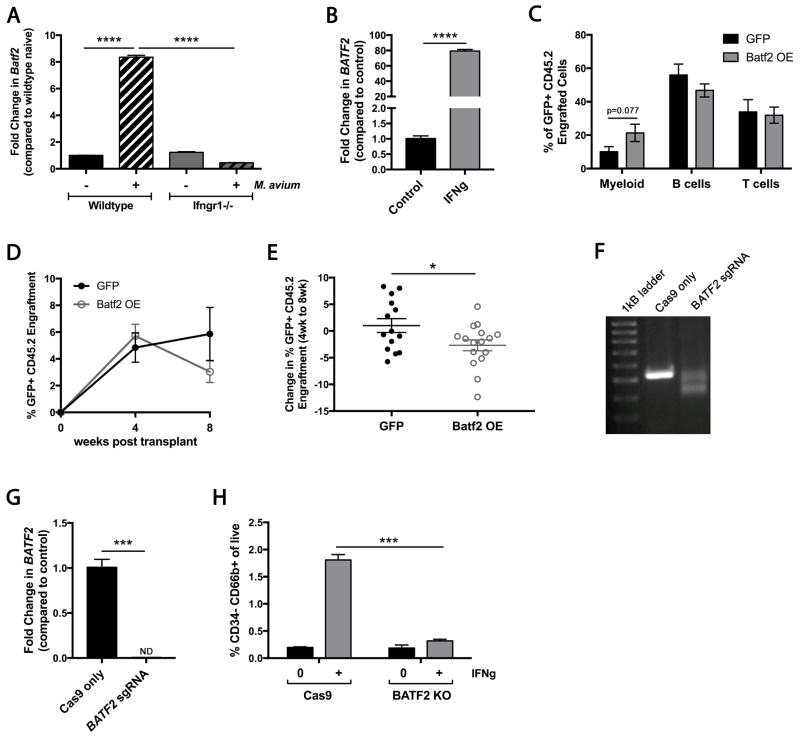Figure 7. Batf2 promotes IFNγ-dependent myeloid differentiation in murine and human cells.
(A) Batf2 RNA expression in HSCs (KL CD150+ CD48− CD34−) of WT or Ifngr1−/− mice 4 weeks after M. avium infection; shown as fold change over WT naïve. Data are representative of 2 independent experiments both performed in triplicate. (B) BATF2 expression measured from umbilical cord blood-derived human CD34+ cells in the presence or absence of rhIFNγ for 3 days. Data are representative of 2 independent experiments using different cord blood samples, performed in triplicate. (C–E) Sca1-enriched cells were transduced with retroviruses overexpressing GFP alone or GFP-Batf2. 2000 CD45.2 Sca1+ transduced cells were transplanted with 2x105 CD45.1 rescue WBM cells. Data represent 5 independent experiments with n=13–14 per group. (C) Lineage distribution of murine PB 8 weeks after transplant. (D) Engraftment of GFP+ CD45.2 cells at 4 and 8 weeks post-transplant. (E) Change in engraftment of GFP+ CD45.2+ cells between 4 and 8 weeks post-transplant. (F) Representative DNA gel of BATF2 exon 1 region amplified from human cord blood-derived CD34+ cells after gene editing with Cas9-only control or Cas9 plus 4 BATF2 sgRNAs. (G) BATF2 RNA expression in human cord blood-derived CD34+ cells after gene editing with Cas9-only control or Cas9 plus sgRNAs. Data are representative of 2 independent experiments performed in triplicate. (H) Percent of cells that express the granulocyte marker CD66b+ in the absence or presence of rhIFNγ x 3 days. Data are representative of 3 independent experiments each in triplicate. Data are presented as mean ± SEM; * p<0.05, ** p<0.01, *** p<0.001, **** p<0.0001. See also Figure S7 and Table S3.

